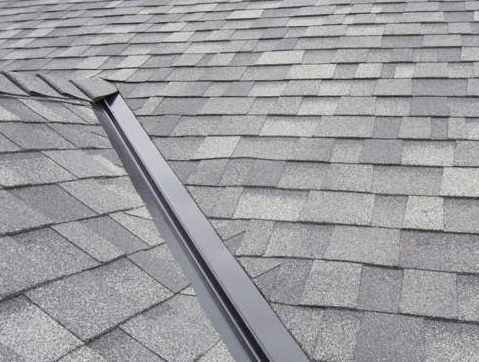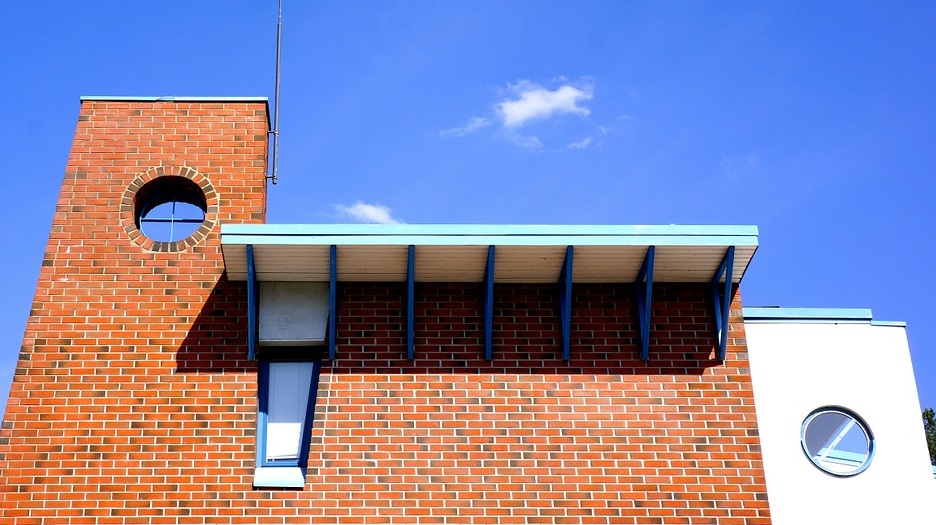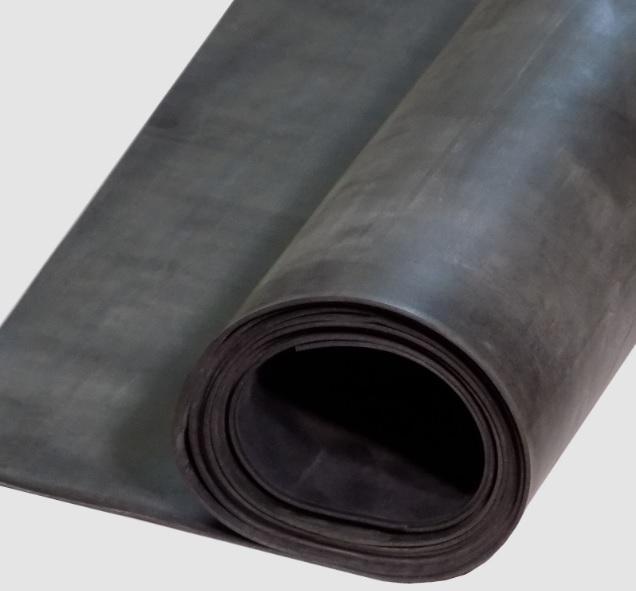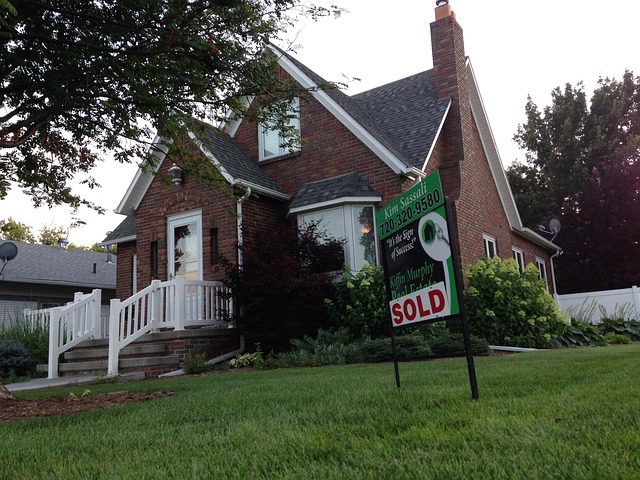|
It doesn’t take a rocket scientist to know that your roof is one of the first barriers of defense against the elements when it comes to your home or business.
A very important component to a great roofing system is flashing. When installed correctly, it is essential in preventing water getting into various locations on your roof. So let’s take a closer look… What is flashing? Flashing is a protective seal that prevents water entering in areas like skylights, chimneys, dormers and vents. Flashing is a necessary preventive measure for moisture damage when water is most likely to penetrate a roof’s surface. Where is flashing important? Flashing is important at all roof penetrations. These may include: edges, valleys, joints and any grooves, gaps, intersections and projections on the roof of any structure. What Happens If My Flashing is Not Installed Correctly? Poor or improper flashing can lead to early deterioration at roof joints, so it is crucial to have flashing installed correctly when a new roof is installed. Having it done right the first time is one of the best things you can do to preserve your roof investment. At Class Eh! Roofing we are flashing specialists. If you need an inspection or have questions about flashing or your roof in general do not hesitate to give me a call! Phone: 289-687-6924 Email: [email protected]
0 Comments
Commercial properties are usually larger than residential ones and can be a lot to maintain them if you don’t keep on top of ongoing issues...
Add to that, if you do have a flat roof on your commercial property it is very hard to see visible signs of damage…but don’t let that be the reason it falls into disrepair. My recommendation? Get a bi-annual checkup by a professional roofing company up there. Most major repairs and expenses can be avoided by scheduling your maintenance appointments before the issues start! Here’s what you can expect from a commercial flat roof inspection: -Debris and safety review: Licensed roofing professionals should first perform a debris and safety review to ensure that your commercial flat roof is free from any unnecessary obstructions and meets all local safety requirements and regulations. -Visual inspection and roofing membrane review: You should get a visual inspection to ensure your commercial flat roof is in good condition and will also ensure your roofing membrane is operating like it should. -Inspection of sheet metal flashings: An inspection of the overall roof and also the sheet metal and flashings that are particularly vulnerable to damage. It should be checked to make sure it is performing properly. -Plumbing, electrical and HVAC stacks review: There’s a lot going on up there on the roof, so hiring experienced roofers who know the ins and outs of commercial roofing is crucial. -HVAC equipment and ducting Inspection: Heating and cooling a big building is a big job, and it is not always easy to see if there is any an issue with any ducts or equipment. All this should be checked however. -Drainage systems Inspection: Wet weather means commercial is particularly susceptible to drainage issues. If your commercial flat roof is collecting water and in need of repair, the sooner it is discovered the better. Avoid the need for a full commercial flat roof replacement by keeping up with your inspections each year. At Class Eh! Roofing we would be glad to be of service for all your roofing needs. Email: [email protected] Phone: 289-687-6924 EPDM (Ethylene Propylene Diene Monomer) rubber is one of the leading types of single-ply roofing membrane and I thought for this reason I would talk a bit about it in this week’s blog. The usual use for EPDM rubber is on flat or low-slope roofs.
Most rubber roofs are black, but it does come in white to reflect the sun. White EPDM rubber membrane roofing costs a little more than black. This roof system can be mechanically attached or fully adhered and comes in reinforced and non-reinforced. There is also a less common ballasted roof system. Reinforced is used for mechanically attached, and non-reinforced is used for fully-adhered systems. Ask your roofer which one makes the most sense for your roof. The EPDM rubber sheets come in rolls from five feet up to 50 feet wide. The sheets wider than 10 feet are for fully-adhering only, in most cases. Because covering a roof requires more than one sheet, there are seams in a rubber roof. These seams are primed and an inseam tape is installed to make them water tight. A roofer must be skilled and take extra care in properly seaming the sheets and installing rubber roof flashings. Rubber roofs should last from 15 to 30 years. Your roofer should provide a workmanship warranty too. Contact me with questions anytime at CLASS EH! Roofing for all your roofing needs. Phone: 289-687-6924 Email: [email protected] So its summertime and the season when lots of folks make one of the biggest purchases of their lifetime. They purchase a new home.
|
AuthorWayne Jeffreys is a native of Niagara-On-The-Lake and owner of Niagara based roofing company Class Eh Roofing! Archives
January 2024
Categories |






 RSS Feed
RSS Feed